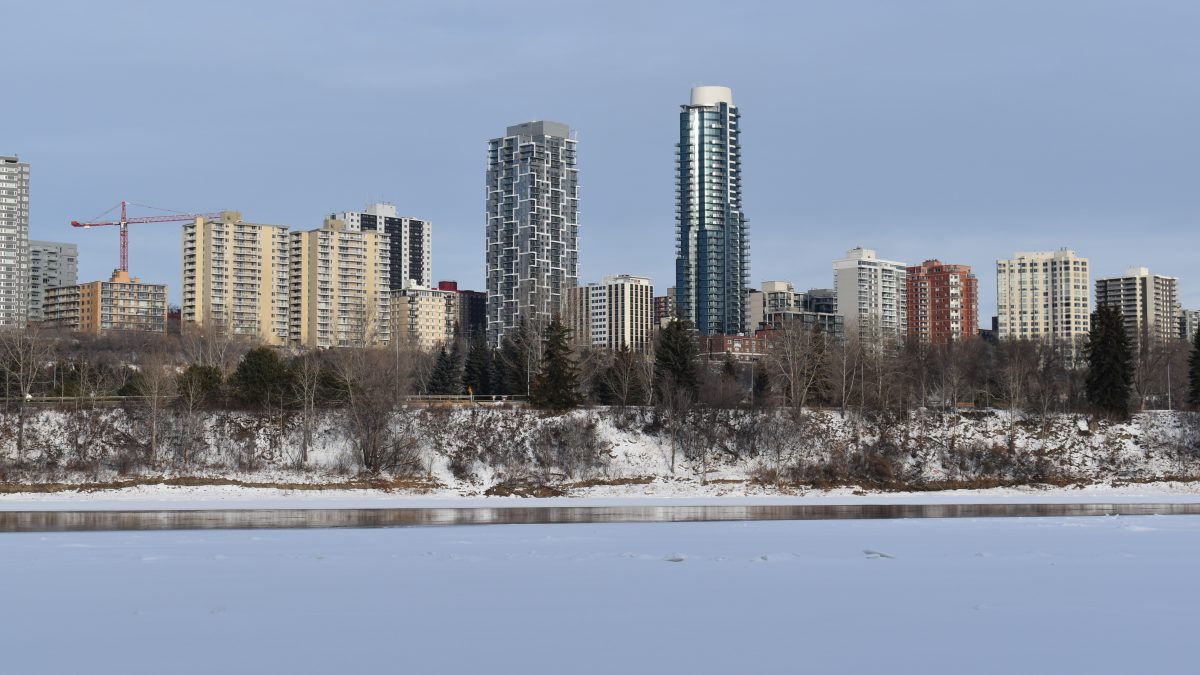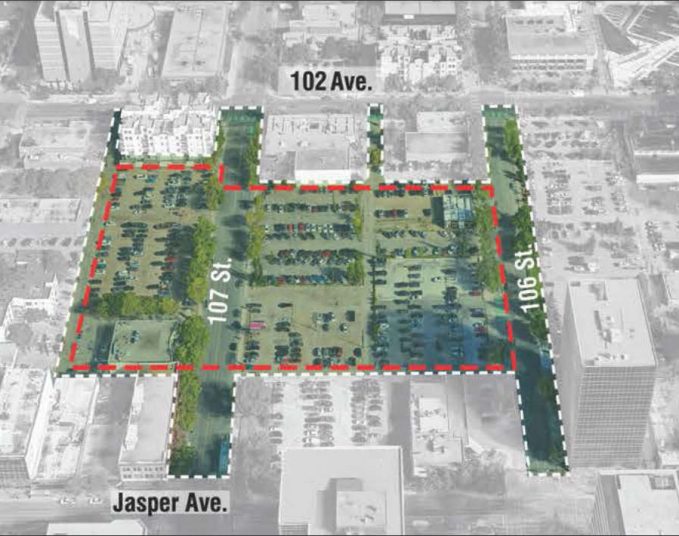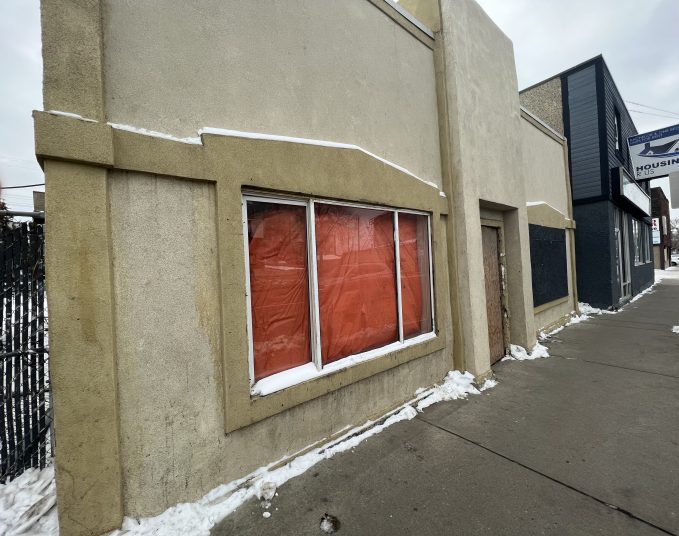The North Saskatchewan River Valley is Edmonton’s great natural resource; a ribbon of green winding slowly through the city, a busy wildlife corridor and, some people hope, a national urban park in the not-too-distant future.
It’s also smack dab in the middle of a city of more than a million people who want to use it for recreation, transportation, housing and any number of other things. The pressures on it for development are relentless: The new Walterdale Bridge, the Tawatinâ LRT Bridge and the 51-acre Epcor solar farm, kīsikāw pīsim, have all recently been built in the valley. There has been an explosion of new bike and walking trails, particularly in the fast-growing southwest corner of the city, and a major new development is in planning stages for Rossdale, a neighbourhood in the valley near downtown.
"Contrary to council after council lauding that we have the longest river valley park in North America, they never spend a cent on it."
Linda Duncan is a director with the North Saskatchewan River Valley Conservation Society (NSRVCS). The former NDP MP recently spoke to Edmonton City Council on the day city administration presented a report to Council on the state of the City’s watershed management plan. It identified a number of gaps and problems, but Duncan’s criticism was that the report was prepared in consultation with Epcor, the City-owned utility, but not with any of the myriad organizations that take an interest in the state of the North Saskatchewan watershed. “Epcor’s key interest is water quality and providing safe drinking water to Edmonton, and drainage, but that’s not a full watershed plan,” she said. “A watershed plan, as the administration has stated, deals with water and land.”
In an interview after the hearing, Duncan says the overarching problem when it comes to protecting the river valley is a lack of clear direction and rules that are both enforceable and enforced. “Contrary to council after council lauding that we have the longest river valley park in North America, they never spend a cent on it, and they never put in place binding rules to protect the area,” she says. “There is a river valley bylaw, but it’s being interpreted as only applying to initiatives by the City, and even then, it’s not very strictly enforced.”
Duncan says the City’s approach to the valley is hobbled by silos. There are about 28,000 square kilometres of land upstream of Edmonton that drains into the North Saskatchewan. Communities upstream of Edmonton include Stony Plain, Spruce Grove, Leduc and Rocky Mountain House. The watershed supports all kinds of human activities including agriculture, forestry, oil and gas and manufacturing. “There are a good number of community-based organizations that have been watchdogging their creeks for quite some time, and making sure those areas are protected,” Duncan says, and they should be consulted in developing any watershed management plan.
Duncan is also pushing for proper environmental impact assessments for major projects, with teeth to enforce their findings. She says the approval process for Epcor’s solar power plant is a case in point. City Council approved the project in a 7-6 vote, despite a scathing environmental review from its own environmental planners, who found that the project would have a significant, long-term impact on wildlife habitat and result in an overall net loss of 49 acres of habitat, most notably affecting foxes, badgers, deer and moose. The planners also found that Epcor failed to do a triple-bottom-line analysis, one taking into account the social, environmental and economic costs and benefits of the project, significantly undervaluing the loss of ecosystem, recreational, aesthetic and social services caused by the project.
“The planners said the claims made by the proponent on the project were not backed by any evidence,” says Kristine Kowalchuk, whose group, the Edmonton River Valley Conservation Coalition, had to file a freedom of information application to get the internal report. “The so-called triple-bottom-line report that the utility committee required the proponent to submit was not actually a triple-bottom-line analysis at all. It was based on financial cost and was oriented toward a predetermined outcome.”
The City used to have a separate office of biodiversity and environmental management, but a reorganization under Mayor Don Iveson saw it subsumed within Parks and Roads Services, a combination that might raise eyebrows in a city that has declared a climate emergency.
“It seems to us that these environmental reviews are being done as kind of a checkbox item,” says Kowalchuk, “rather than the environmental planners being brought in right from the beginning and saying, ‘Do we think this is a good idea? What are the options? Is there a better location for this project that will have less of an environmental impact.’”
Duncan and Kowalchuk agree that the City does have some good environmental policies: The Natural Connections Strategic Plan, from 2007, is the City’s plan for the protection, management and restoration of local natural areas and biodiversity, and the engagement of the community in that effort. The Way we Green, from 2011, sets 12 long-term goals for a sustainable and resilient Edmonton. The problem they see is that nobody is held accountable for implementing those policies when decisions are being made. Funding is also a factor, as the budget currently being debated by City Council leaves many green initiatives unfunded.
“It seems amazing considering the climate crisis, the biodiversity crisis,” says Kowalchuk. “We’re seeing more and more groups and cities declare a climate emergency. You’d think we would have somebody to deal with that.”
Savvy AF. Blunt AF. Edmonton AF.




